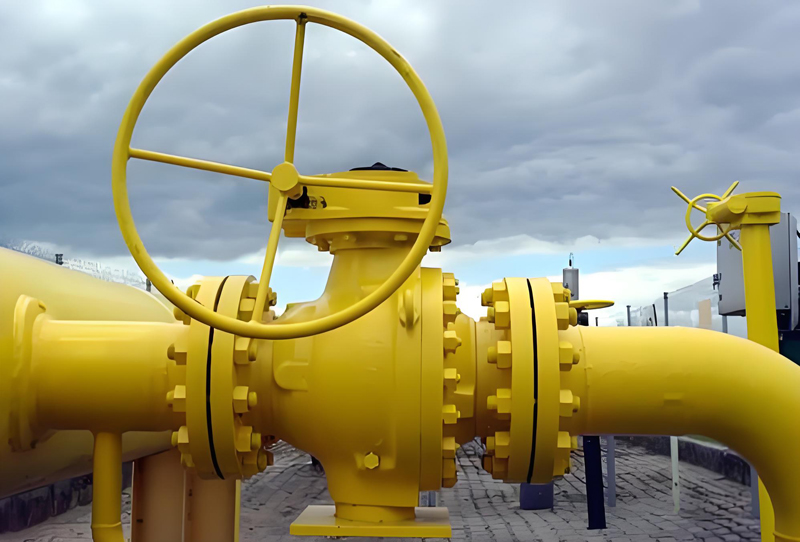Ball valves do need maintenance. Ball valves are key components in the field of fluid control, and their normal operation and long life cannot be separated from regular maintenance and maintenance. The following are several important aspects of ball valve maintenance:
First, check regularly
1. Sealing performance: Check the sealing performance of the ball valve regularly to ensure that the valve seal is reliable. If the seal is found to be poor, replace the seal in time.
2. Valve stem and valve body: Check the surface of the valve stem and valve body. If damage or corrosion is found, it should be repaired or replaced in time.
3. Operating mechanism: Check the operating mechanism of the ball valve to ensure that the handle or bolt can operate the ball valve correctly. If any abnormality is found, it should be repaired or replaced in time.
4. Fixing bolts: Check the fixing bolts of the ball valve regularly. If loose, tighten them in time.
5. Pipe connection: Check the pipe connection of the ball valve. If leakage is found, it should be dealt with in time.
Second, cleaning and maintenance
1. Internal cleaning: regularly clean the impurities and dirt inside the ball valve to keep the valve clean and ensure the smooth flow of fluid.
2. External cleaning: clean the valve surface, keep the appearance clean, prevent corrosion and oil leakage.
Third, lubrication maintenance
For parts that need lubrication, such as valve stems, bearings, etc., lubrication maintenance should be performed regularly to reduce friction and wear. Select the appropriate lubricant and ensure that the lubricant is compatible with the ball valve material.
Fourth, anti-corrosion measures
The pressure and use environment of ball valves often lead to corrosion problems such as rust and water rust. Anti-corrosion measures should be taken, such as spraying special anti-rust agents on the surface of the ball valve, regular waxing, etc., to extend the service life of the ball valve.
Fifth, replace the parts
According to the use of the ball valve and the manufacturer’s recommendation, regularly replace the vulnerable parts, such as sealing rings, sealing gaskets, etc., to ensure the normal operation of the ball valve.
Sixth, functional performance test
Perform regular functional performance tests of ball valves to evaluate the overall performance and sealing performance of ball valves. If a fault occurs or performance deteriorates, repair or replace the component in time.
Maintenance cycle
The maintenance cycle of ball valves usually depends on the frequency of use, the working environment, the type of media, and the manufacturer’s recommendation. In general, the minor repair (routine inspection and maintenance) cycle may be between 3 and 6 months; Intermediate repairs (including disassembly, cleaning, inspection and replacement of necessary parts) may be carried out every 12 to 24 months; Overhaul (complete overhaul and assessment of the overall condition of the valve) may be performed every 3 to 5 years depending on the circumstances. However, if the ball valve is in a corrosive environment or has a heavy workload, or is showing signs of aging, then more frequent maintenance may be required.
In summary, the maintenance of ball valves is an important measure to ensure their normal operation and extend their service life. Through regular inspection, cleaning and maintenance, lubrication maintenance, anti-corrosion measures, parts replacement and functional performance testing and other maintenance means, can greatly reduce the failure rate of ball valves, improve the operating efficiency of equipment.
Post time: Oct-22-2024







